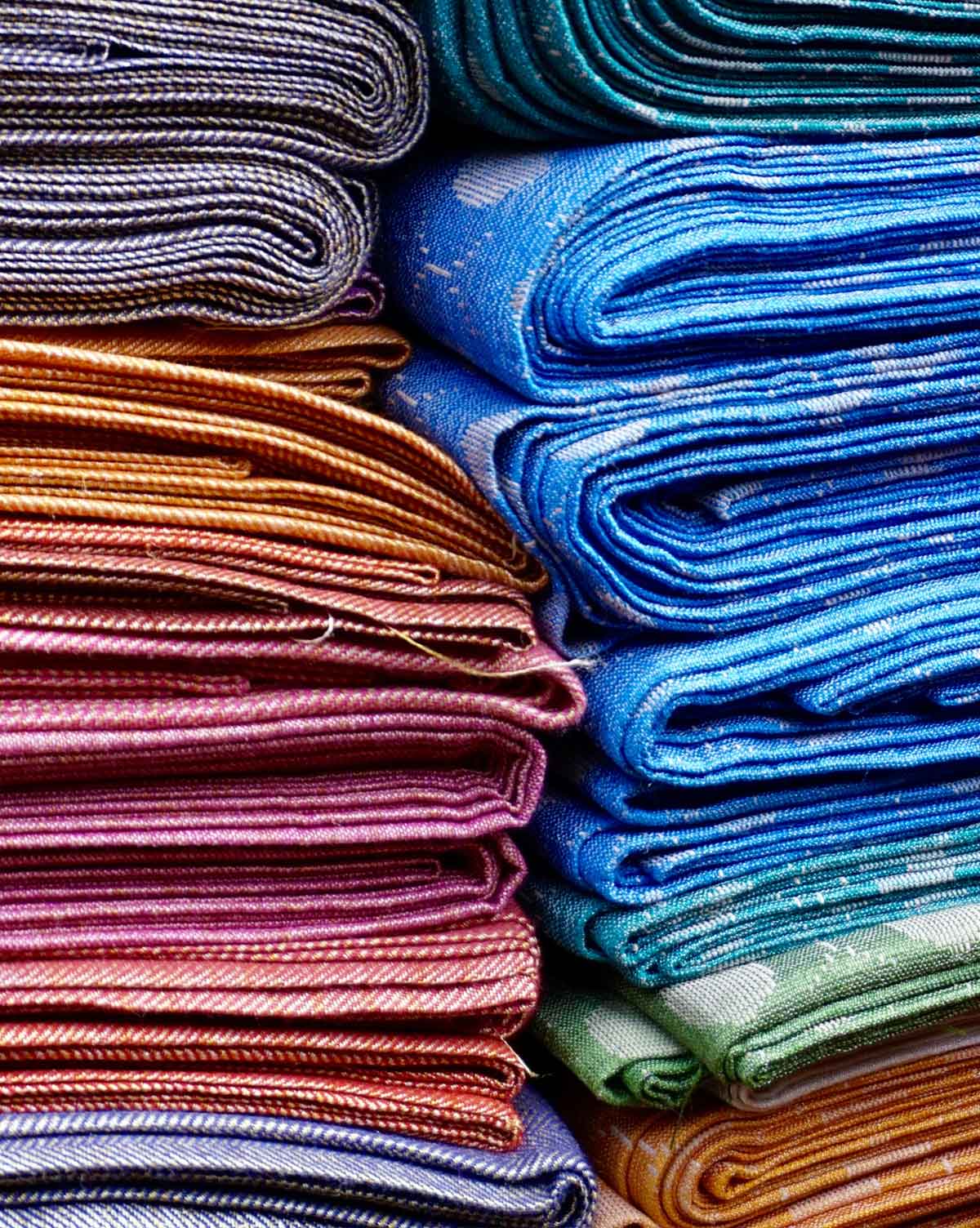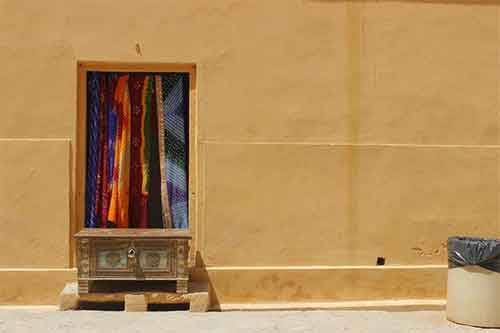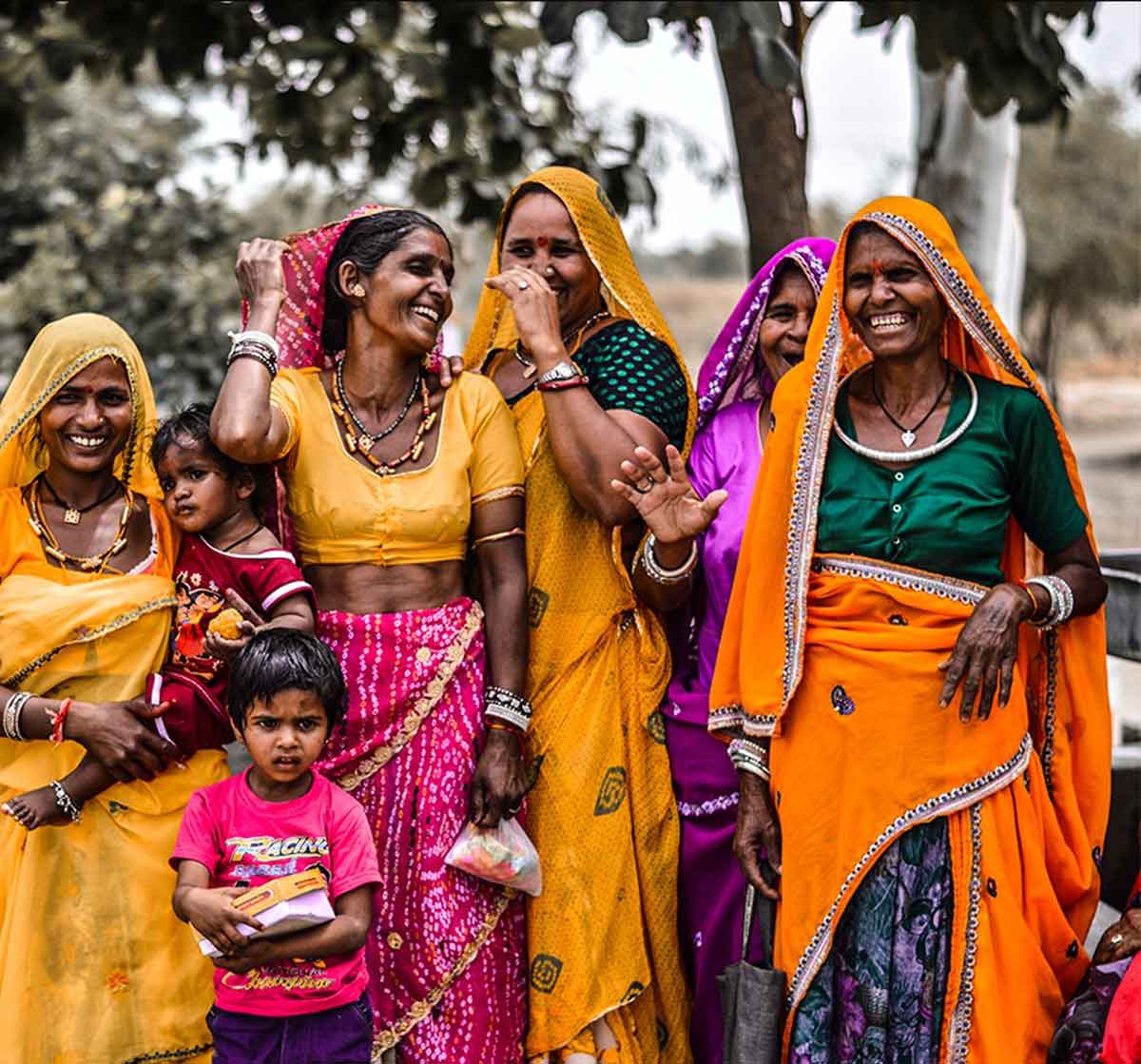Indian Silk, and Its Fight Against Fast Fashion
The silk industry in India dates back to 2450 BC and 2000 BC, making it the second oldest silk industry in the world. It provides employment for 7.6 million people, with 5 states in India producing 97% of raw mulberry silk. The industrial revolution had little effect on the silk industry as it was too delicate for the power looms. The industry continued to thrive, but the ever-growing textile industry made silks more expensive, leading to a decrease in demand. More recently, the effects of globalization and westernization has led to the industry’s decline.
SILK, A LUXURY GOOD
Silk is a luxury good difficult to care for compared to other materials. Artificial alternatives have completely shifted the silk industry as they provide the same appearance but with little care needs. Not only do these methods present issues regarding environmental impact, but it means artisans must question their future within the industry.

SILK IN INDIAN CULTURE
The importance of silk weaving is ingrained in Indian culture, with traditional methods passed down through generations and shared in communities. Indian silk artisans make extravagant saris for glamorous weddings and events. These are natural and gentle fibers, with little to no effect on the environment. It’s an adaptable fabric, keeping us cool in the summer and warm in the winter. It can be recycled and reused, leaving no lasting footprint after use. Sustainable fashion is on everyone’s lips, and this is how we can revive the handloom silk industry.
With the rise of fast fashion came the decline of artisan crafts. Machine-made, cheaper silks are now being sold to Indians living in westernized countries due to cost and time convenience. The increasing use of power looms means that the artificial silk being produced is cheaper, putting pressure on weavers to reduce the price of their handloomed saris. The family traditions are becoming extinct and India is losing an ancient craft to machines.
"Too poor to invest in power-looms, they are divided, and perhaps naïve, to wrest greater control of their market from exploitative middlemen." Looming extinction, The Economist.

SUSTAINABLE FASHION AND SILK
Sustainable fashion understands that silk is an ideal material to use due to its eco-friendly properties. But it also provides work for millions and keeps tradition alive and thriving. Many NGO’s have schemes to improve the status of weavers including awards, training programs, and grants in order to purchase raw materials which have increased in cost over the years.
One organization, WomenWeave, supports Maheshwar’s thriving weaving community by connecting weavers with global customers, training future weavers, and preserving cultural tradition. They have begun to branch out into other parts of India, supporting women and allowing them to have their own sustainable livelihoods:
"Where women have acted as "shadow weavers”, supplementing male family member’s work, WomenWeave creates opportunities for them to gain more control over and be recognized for their labor, as well as enhance their skill set"’


SILK AND SLOW FASHION
The rise in slow fashion and sustainability means that WomenWeave continues to flourish in India and worldwide. As more people recognise the importance of artisanal craft, keeping tradition alive, and its connection to a sustainable future, the silk industry will begin to revive after a long while under pressure.


+ Words: Shaelei Parmar, Luxiders Magazine Contributor
Blog: Shaestyles IG: @Shaelei_




